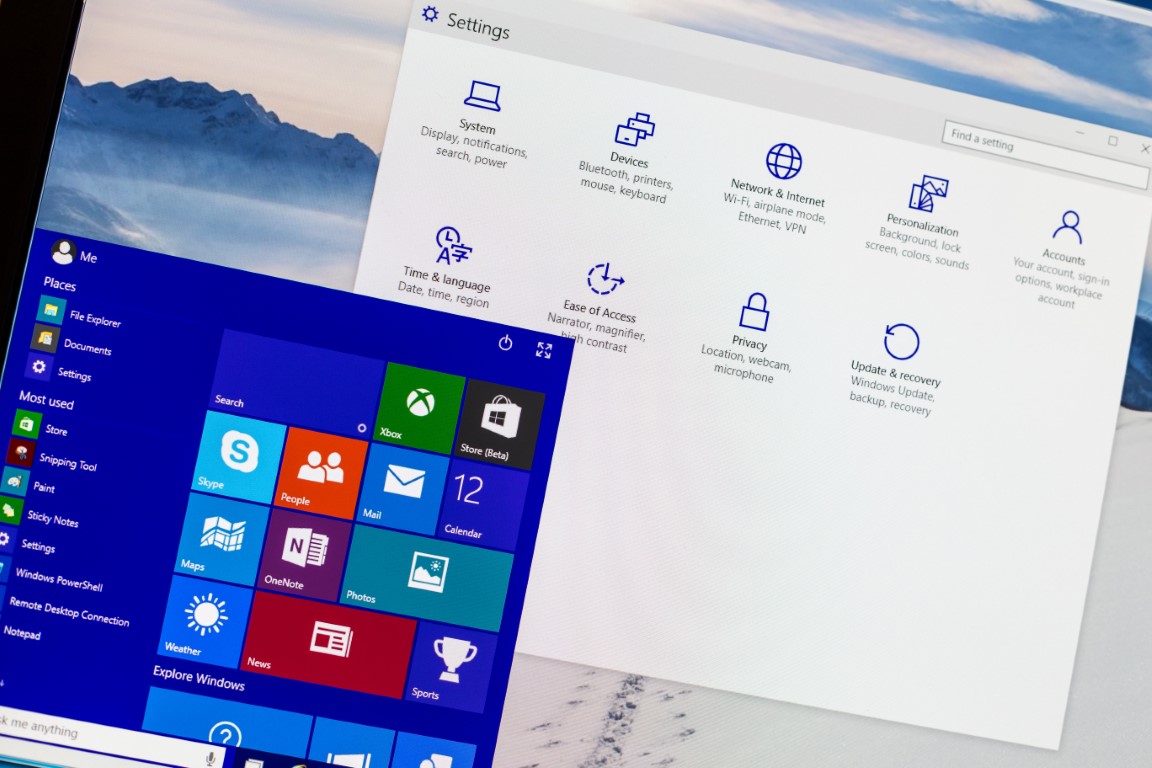 Last year, I wrote about the end of life for Windows 10, with only six months to go, 54 per cent of all computers are still using Windows 10. Microsoft officially ends support for Windows 10 on October 14, 2025.
Last year, I wrote about the end of life for Windows 10, with only six months to go, 54 per cent of all computers are still using Windows 10. Microsoft officially ends support for Windows 10 on October 14, 2025.
With this deadline fast approaching, several concerns are already becoming apparent.
The major one is that there will be a shortage of replacement computers. As we approach the deadline, computers will become increasingly scarce and more expensive. I recommend you start looking at replacing it now. What does this mean for you, and what are your options as the curtain falls on this popular operating system?
Ending support doesn’t mean your computer will abruptly stop working. However, it does signify significant changes you should be aware of. Microsoft will no longer release critical security patches, leaving your system vulnerable to emerging threats and malware. Most hardware manufacturers will also stop driver support, and Microsoft will no longer offer technical assistance.
You do have a few options.
• Stay on Windows 10: You can continue using Windows 10 past its end date. Be aware of the increased security risks and limited support. This is not an option I would recommend.
• Upgrade to Windows 11: It offers enhanced performance, improved security, and a fresh new interface. However, not all systems meet the minimum hardware requirements. Check your PC’s compatibility before taking the plunge. The easiest way to see if your computer is compatible with Windows 11 is to download the Windows Health Check application. After installation, this will inform you if your computer is eligible for an upgrade. It can be downloaded from https://aka.ms/GetPCHealthCheckApp.
• Explore alternative operating systems: Consider free and open-source options, such as Linux or ChromeOS. While they require some configuration, they offer unique benefits and a potentially lighter footprint on your system. Over the next few weeks, I will write about breathing new life into old computers by installing a new operating system.
• Invest in a new PC: This might be the perfect opportunity to refresh your computing experience. Modern laptops and desktops are pre-installed with Windows 11, ensuring optimal performance and security.
In summary, determine if your computer can be upgraded to Windows 11 by running the Windows Health Check app. If it can, then upgrade it to Windows 11. If it can’t start budgeting for a new one, the closer to the deadline, the scarcer and more expensive the computers will become.

